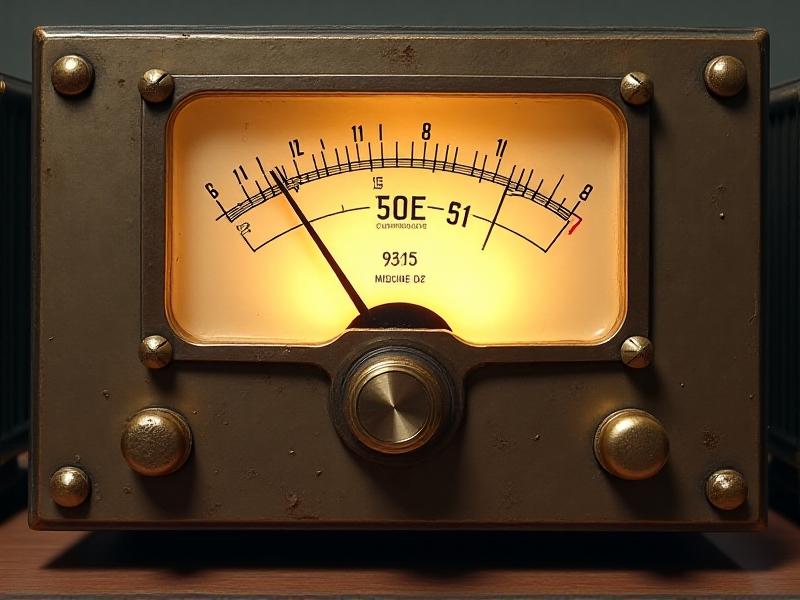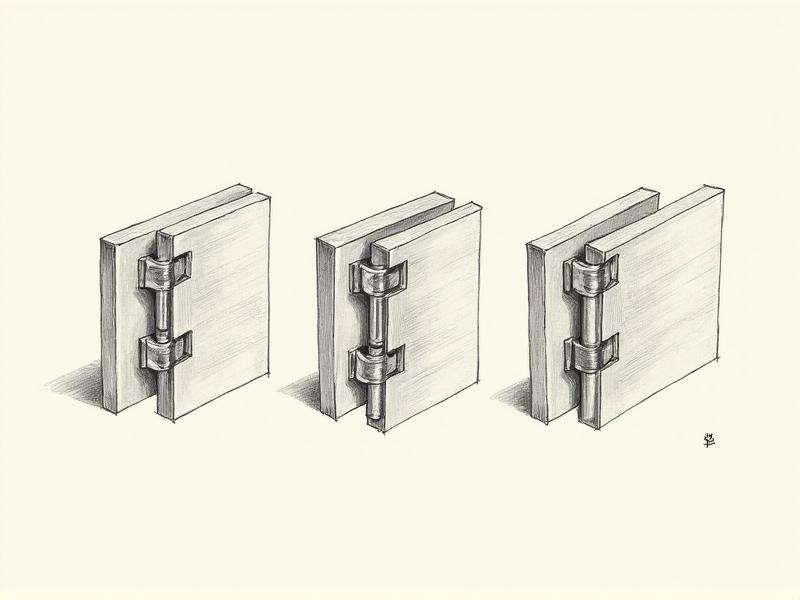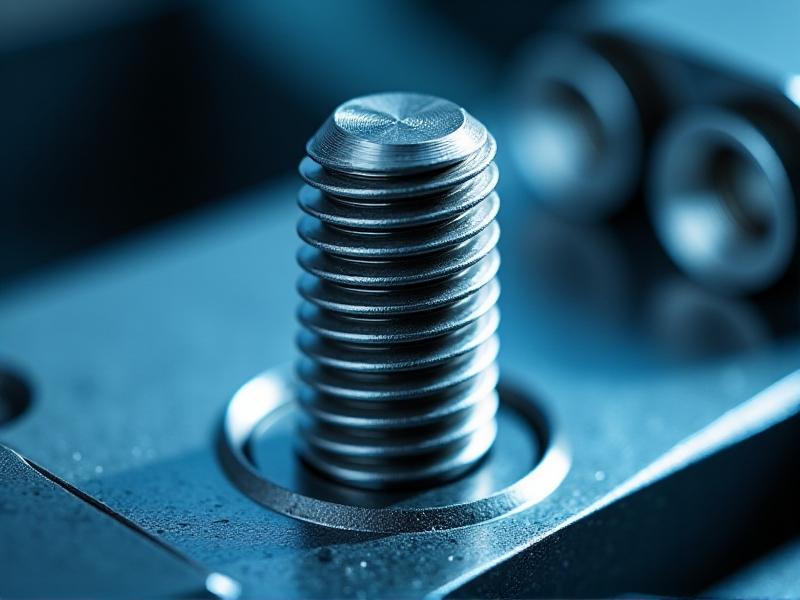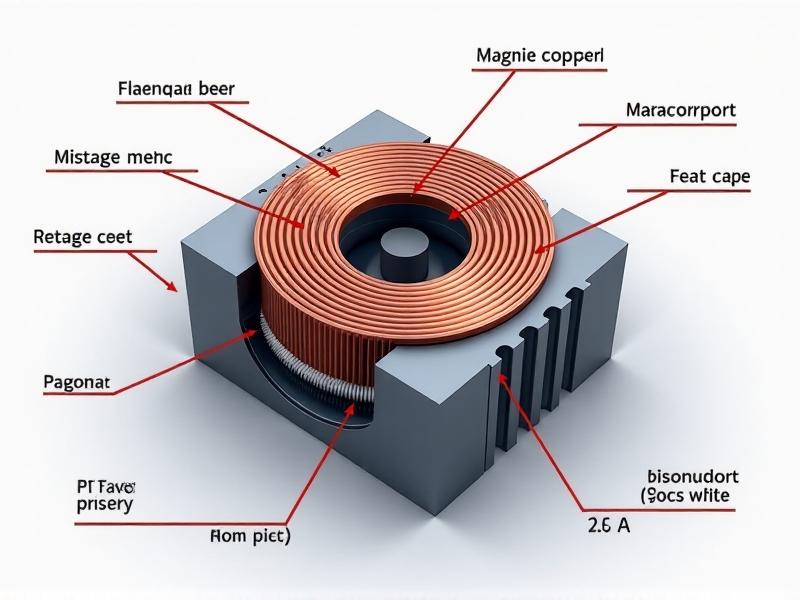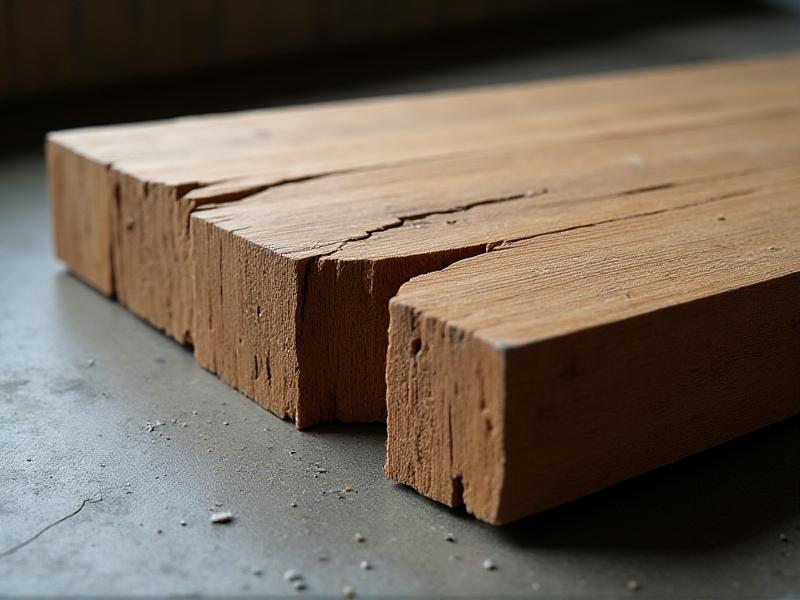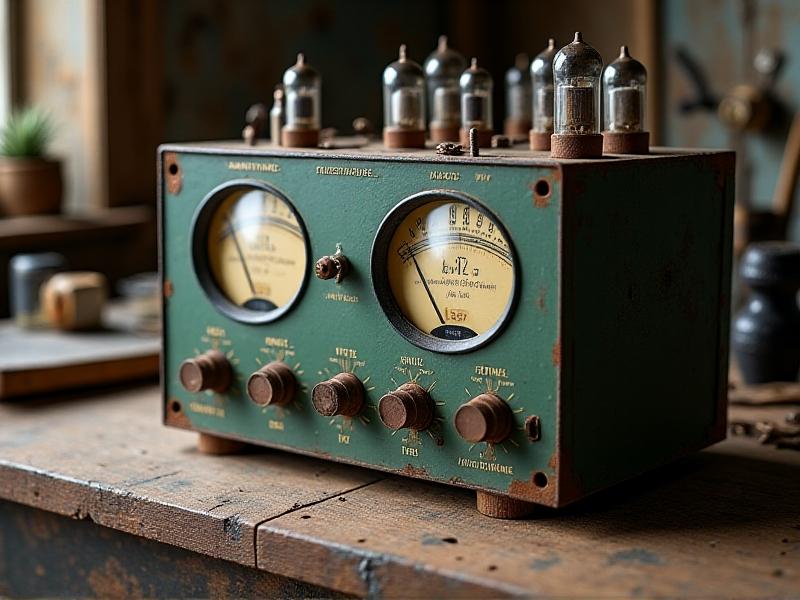Cassette Mechanism Lubrication Points
Understanding the Cassette Mechanism: A Primer on Moving Parts
Cassette mechanisms, whether in vintage players or modern recreations, rely on precise mechanical interactions to play, rewind, or fast-forward tapes. The key components include the capstan, pinch roller, spool hubs, gears, and drive belts. Each part demands specific attention to lubrication to reduce friction, prevent wear, and ensure smooth operation. Without proper maintenance, components like metal shafts can corrode, plastic gears may warp, and rubber parts can deteriorate, leading to audio distortion or mechanical failure.
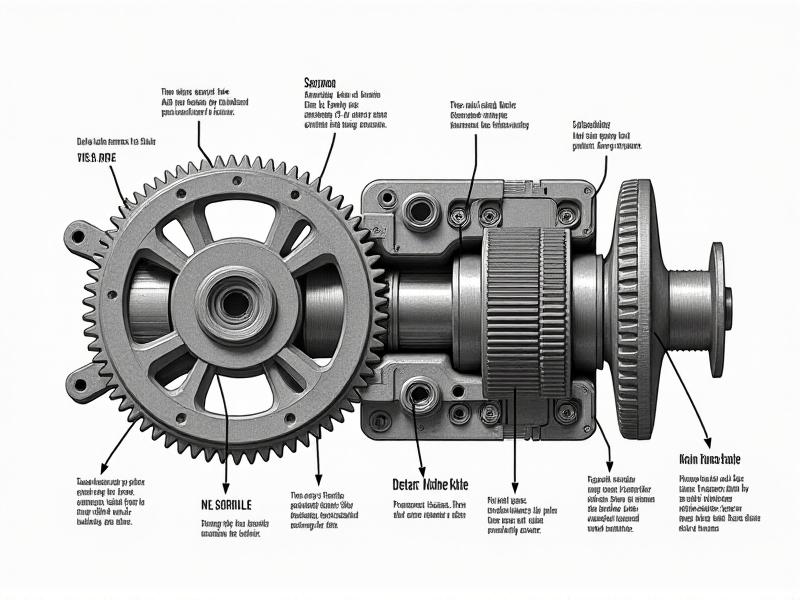
Critical Lubrication Points in Cassette Decks
Three areas require regular lubrication: the capstan bearing, spool hub axles, and gear teeth. The capstan—a rotating steel shaft—often uses a lightweight oil to maintain its spin. Spool hubs, responsible for winding tape, benefit from a tiny amount of silicone grease to prevent binding. Plastic or nylon gears, which drive the mechanism, should receive a minimal application of lithium-based grease to avoid stiffness. Over-lubricating can attract dust or cause grease to migrate onto rubber parts, so precision is key.

Choosing the Right Lubricant: Silicone, Lithium, or Oil?
Not all lubricants suit cassette mechanisms. Petroleum-based oils can degrade plastics, while heavy greases may stiffen in cold environments. Silicone-based lubricants excel for rubber parts like pinch rollers. For metal-on-metal friction, lightweight synthetic oils (ISO 10–20 viscosity) work best. Lithium grease remains ideal for gears due to its resistance to sling-off. Always avoid WD-40; its solvent properties can damage vintage components.
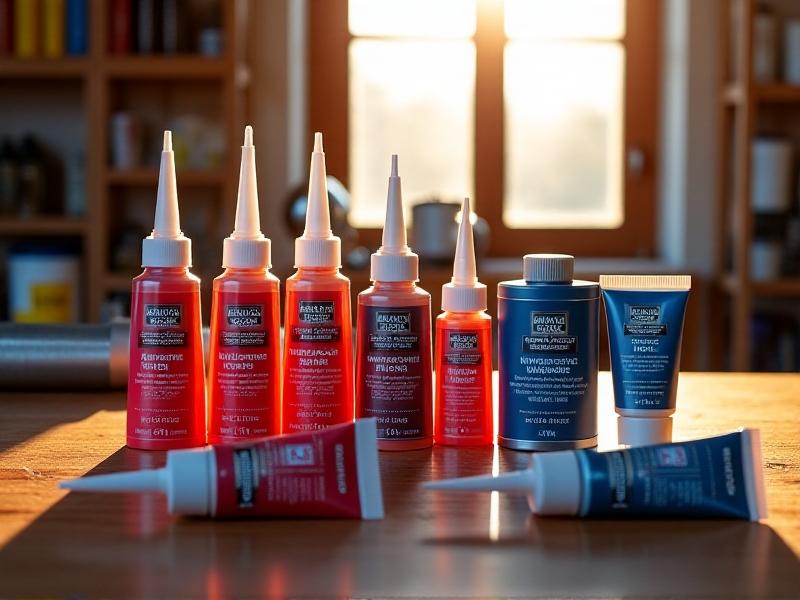
Step-by-Step Guide to Lubricating Your Cassette Deck
Begin by disconnecting power and removing the cassette door. Use isopropyl alcohol to clean old grease from spool hubs and capstans. Apply lubricant sparingly—a toothpick or syringe helps control amounts. Rotate gears manually to distribute grease evenly. Reassemble the mechanism and test with a blank tape. Listen for irregular noises, which may indicate excess lubricant on rubber rollers or misalignment.

Troubleshooting Common Post-Lubrication Issues
If tapes play slower after lubrication, excess oil may have reached the capstan motor. Use a cotton swab to absorb residue. Sticky fast-forward? Over-greased spool hubs might require disassembly and re-cleaning. Persistent squeaking often means missed lubrication points—check the idler wheel axle or counter gear. For belt-driven units, ensure lubricants haven’t contaminated the rubber belt, which could cause slippage.
Long-Term Maintenance: Preserving Your Cassette Mechanism
Store cassette decks vertically to prevent lubricant pooling. Every six months, exercise the mechanism by playing a tape end-to-end. In humid climates, use silica gel packs to protect against moisture-induced corrosion. For rarely used units, apply a thin layer of corrosion inhibitor to metal parts. Document lubrication dates and products used—this history aids future repairs.
Restoring Vintage Cassettes: When Lubrication Meets Preservation
Old cassettes themselves often need lubrication. If the tape moves sluggishly, apply a drop of graphite powder to the felt pad behind the spool. For seized mechanisms, carefully disassemble the cassette shell and lubricate the guide rollers with nano-oil. Avoid touching magnetic tape surfaces. After treatment, wind the tape fully to redistribute lubrication evenly across the spools.
